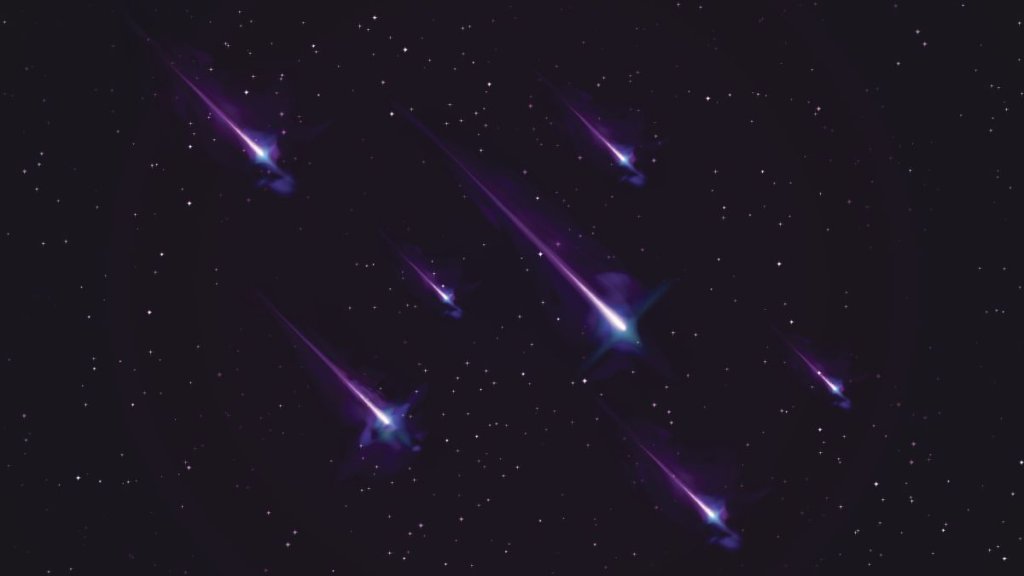
Artificial shooting star project gets 2nd life through crowdfunding (Image Credit: Space.com)
A Japanese company is restarting its effort to create artificial meteor showers.
Tokyo-based ALE (Astro Live Experiences) had previously planned to create artificial shooting stars in 2020 using its ALE-2 satellite, which launched in December 2019 on a Rocket Lab Electron booster.
But when technical problems held the effort up, ALE pledged back then it would launch a new meteor effort in 2023. Now the company is indeed back with a new venture dependent on crowdsourcing, but with no firm release date on when the shooting stars will appear as that depends on the launch of a new satellite.
Related: Meteor showers 2023: Where, when and how to see them
ALE is asking for community support through a new Sky Canvas Community Club that will sell non-fungible tokens (NFT) tied to exclusive benefits for members. NFTs, however, are closely linked with the cryptocurrency community, which advocates for “alternative currencies” outside of traditional markets.
Cryptocurrencies present substantial risk for investors, including participation in Ponzi schemes, the Securities and Exchange Commission has warned (opens in new tab). More broadly, cryptocurrency community members have been linked closely with misogyny and other practices that discourage diversity, discussion and respect, according to the San Francisco Chronicle (opens in new tab).
ALE did not disclose whether the NFT sale is the sole means of raising revenue at this time, or whether other sources of funding are forthcoming from investors. Nor did they say when they plan to launch the satellite upon which these meteors would be generated.
CEO Lena Okajima, however, said in a Thursday (March 30) release (opens in new tab) that her company is committed to “the sustainable development of humankind” and pledges the meteors will be “combining critical climate research with a new form of space entertainment [that] we believe … can further our scientific understanding of climate change.”

(opens in new tab)
The company has been promising to make the meteors available for big events. According to their plan, pellets made from “harmless substances” would be shot out of a satellite and then burn up 37 to 50 miles (60 to 80 km) above Earth’s surface, creating according to a company FAQ (opens in new tab).
More practically, the spheres could help collect information from the mesosphere, which is a layer of Earth’s atmosphere too high for balloons to study, yet too low for satellites to see at high resolution. The mesosphere has been tagged as an important vector in climate change studies.
Real-life meteor showers usually involve small bits of dust or particles traveling at high speed in our atmosphere, occasionally arriving in clusters when our planet ploughs through the debris left behind from an asteroid or comet.
It is unclear exactly how bright these artificial meteor showers will be. More generally, the space community has warned about the light pollution induced by bright satellites like SpaceX‘s Starlink, which are already interfering with telescopic observations along with Indigenous astronomy and culture that depends upon clear skies.
Elizabeth Howell is the co-author of “Why Am I Taller (opens in new tab)?” (ECW Press, 2022; with Canadian astronaut Dave Williams), a book about space medicine. Follow her on Twitter @howellspace (opens in new tab). Follow us on Twitter @Spacedotcom (opens in new tab) or Facebook (opens in new tab).





